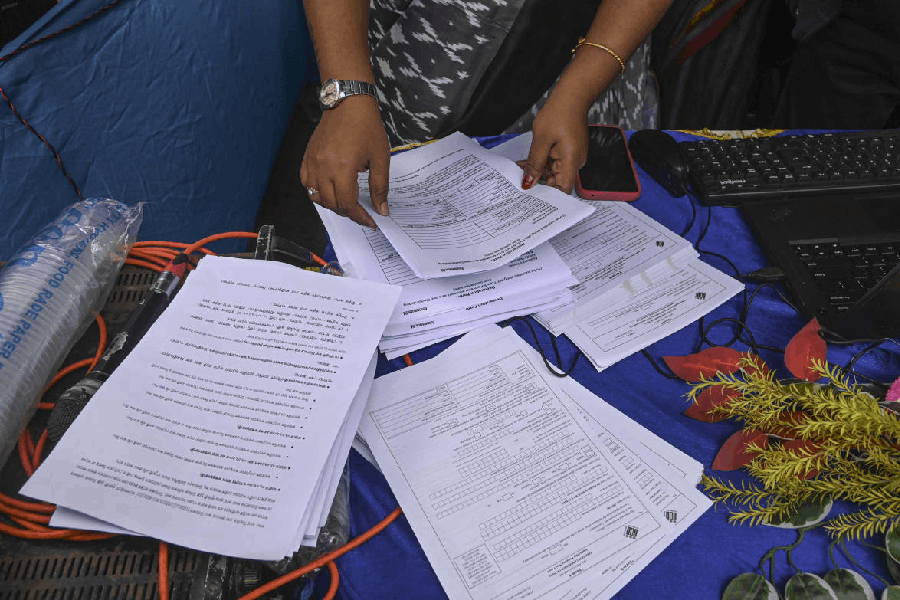Credit card rewards are changing, and not in your favour. Over the last couple of years, rewards have been steadily trimmed, and several issuers have revised how you earn, redeem, and enjoy your points. Lounge access is no longer automatic. Fuel and wallet spends may no longer earn rewards. And new thresholds mean you must spend more to get less.
If you’re a cardholder, it’s time to pay attention. The rules of the game are changing. And if you don’t adapt, you’ll lose value.
What’s driving these changes
When interest rates were high and spending volumes soared, banks had room to offer generous rewards. But that environment is shifting. A softening repo rate, more disciplined borrowers who revolve less, and high reward payout obligations have made many reward programmes financially unsustainable. Add to that the surge in high-frequency, low-margin transactions like rent payments and wallet loads, and it’s clear why issuers are recalibrating rewards.
Slashing values amid new caps
The most significant change is the introduction of monthly and annual caps on how many points you can earn, even on spend categories that were previously uncapped. Cards that once gave unlimited points on dining or shopping are now capping monthly rewards at ₹500 or ₹1,000.
Some issuers now offer full reward rates only after a minimum spend threshold, say ₹10,000 per month, and drop the earn rate if you fall below that. Lounge access, once a standard perk, now requires quarterly spending of ₹50,000 or more.
The exclusion lists keep growing. Fuel, rent, wallet loads, insurance premiums and online gaming are increasingly being excluded from reward calculations. Some cards now offer zero points on these spends, while others impose a cap or levy a fee. From July 2025, a 1 per cent fee applies to wallet loads and gaming spends above ₹10,000 per month. If you were using your card to earn points on these, you may now be paying more than you earn.
Here’s an example: A card that once gave 2 per cent back on all spending might now exclude rent and wallet loads and cap rewards at ₹1,000 per month. If your average monthly spend is ₹60,000, this brings your effective reward rate down from 2 per cent to under 1.6 per cent.
How to optimise card use
Adapt: The rules have changed, so your approach must, too. Start by reviewing your card’s updated terms and conditions. Understand which categories still earn rewards and which ones don’t. Then, adjust your spending accordingly.
If your card offers 3 per cent on groceries and 1 per cent elsewhere, route your grocery purchases there. Use a different card for fuel, travel, or online shopping if the rewards structure is better. Think of your wallet as a team of specialists, not a single all-purpose tool.
Assess: Monitor your monthly spending patterns. Many cards now require minimum thresholds to unlock perks. Automate your strategic spends. Use your highest-reward card for recurring monthly bills in eligible categories like subscriptions or groceries. Set reminders or use your bank’s app to track progress. If you’re close to hitting a milestone, time your purchases smartly.
Avoid excluded transactions. Rent payments, wallet loads, and gaming spends may no longer earn points and attract fees. Unless liquidity is critical, use UPI or debit cards for these instead. It’s simpler and avoids unnecessary charges.
Redeem: Don’t hoard points. With redemption values under pressure, it’s better to use your points before they’re devalued. Check if your card allows redemption for statement credit, vouchers, or travel bookings and pick what gives you the best value.
Track expiry dates. Many issuers now put time limits on redeeming points, typically 12 to 24 months. Use them before they vanish. If your points can be converted to airline or hotel loyalty programmes at a better rate, compare the value before redeeming. Some offer up to 30 per cent more when you redeem through their travel platforms.
Optimise: Consider switching cards if your current one no longer fits your lifestyle or spending habits. Explore alternatives with clear reward structures, reasonable fees, and benefits that match your needs.
Use EMI options wisely. Some cards offer no-cost EMIs on large purchases. If used responsibly, this can help manage cash flow without sacrificing rewards. Just make sure you understand the terms and avoid interest-bearing EMIs unless absolutely necessary.
Many issuers offer reward calculators to estimate your monthly earnings. Use them to compare cards and fine-tune your use.
Final word
Credit card rewards are no longer a given. They’re a moving target that requires active management. But with some awareness and a smarter strategy, they can still deliver meaningful value. The key is understanding the new rules, spending strategically, and redeeming wisely. It’s worth reviewing your current approach to see if it still makes sense. With some thoughtful adjustments, your cards can continue to provide solid value.
The writer is CEO, Bankbazaar.com











